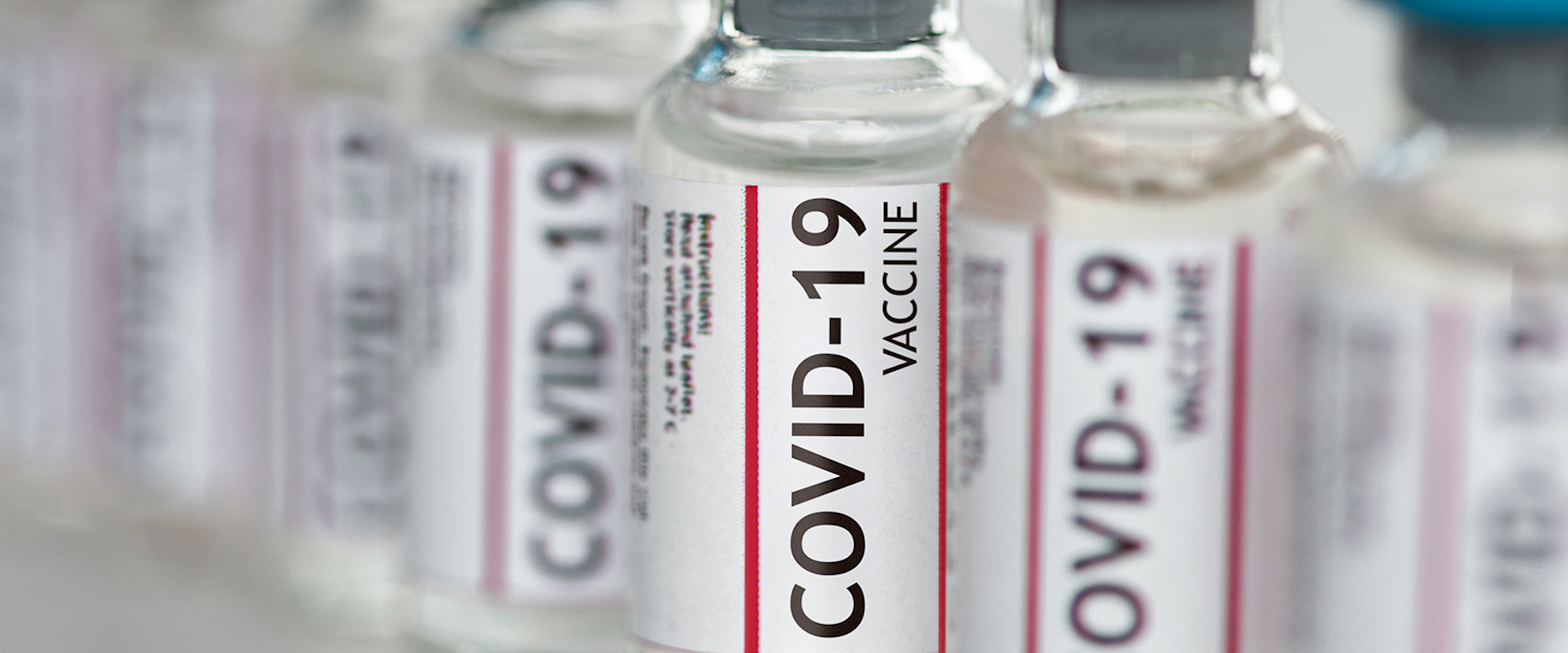Before COVID-19, the normal development time for a mass vaccine was over five years. But less than a year into the current pandemic crisis, drug makers and regulators are poised to release and distribute the first of several vaccines.
Tim Lugo, who leads William Blair's biotech equity research team, has been tracking the development of these vaccines and shares his insights on the unprecedented efforts from a public health and investment perspective.
- In addition to the vaccines from Pfizer, Moderna, AstraZeneca are there other companies that are close to releasing a vaccine candidate (i.e., those you’re watching most closely)?
- Pfizer [PFE] was the first vaccine to receive U.S. emergency use authorization (EUA) by FDA on December 11 followed by Moderna’s [MRNA] vaccine a week later. The AstraZeneca/University of Oxford vaccine has also recently announced data but the company still has some dosing work to complete in another trial and will lag Pfizer and Moderna.
The next two companies that appear most imminent in releasing a vaccine are Johnson & Johnson [JNJ] and Novavax [NVAX].
Novavax, which has partnered with the Gates Foundation, is running trials in the UK and South Africa. It is also going to start a U.S. study in a few weeks. But its current trials in the UK and South Africa will probably read out sometime early next year, as early as January. The Novavax trial in South Africa is particularly interesting since it will add to the diversity of patients exposed. It is also trying to enroll a number of patients over the age of 65, hopefully providing good data in older adults. And that’s obviously important because that group is seeing worse mortality.
The Johnson & Johnson trial should read out around the same time, early 2021. There is always the potential for a late-December announcement given the rising number of COVID cases now. With more people coming down with the disease, it increases the speed of the trial readout. When the trials were first planned, scientists assumed a patient population of 40,000 COVID patients a day. Now we’re over 230,000. So with more people who are sick, all these trials can report out faster. That’s what accelerates the readout.
What’s exciting about the J&J trial is it’s a one-shot program—not two as with Pfizer and Moderna. The benefit is patients won’t have to be tracked. Your pharmacy doesn’t need to look up your records and figure out which vaccine you got before and then schedule you at the correct time for your second shot. You’re one and done. J&J is a highly respected company, with a ton of manufacturing experience, having the heft to roll out distribution.
Additionally, there are some vaccines outside the U.S. in development—a Chinese vaccine, a Russian vaccine—but as far as what I track Novavax and Johnson & Johnson are the two important ones on the immediate horizon. And through 2021 we will also hear about vaccines from Merck [MRK] and Dynavax [DVAX]. - Can you share your thoughts on when vaccines will be available?
- FDA’s biologics evaluation and vaccines research advisory committee met in open session to discuss the emergency use authorization of Pfizer’s vaccine on December 10 and Moderna’s on December 17. It was a very open and transparent process—a whole day digging through the data, discussing the data with independent experts in the vaccine field. The committee approved EUA of the Pfizer and Moderna vaccines following the meetings and FDA authorized the vaccines for emergency use on December 11 and 18, respectively. Dosing began within days.
There could be millions of doses coming this month. Through 2021 we are talking about billions of doses.
CDC held an event on December 1 to discuss the distribution of the vaccine. CDC has proposed the first wave of doses go to the most vulnerable: healthcare workers and nursing home residents. And I think that is going to happen this month.
For the general public, health officials currently tend to say the vaccine will be available by summer/Q3 of 2021. I am a little more optimistic, thinking April/May is reasonable. Yes, that’s probably a little more optimistic than what you will hear in the broader commentary, but to me that broader commentary includes a public health push to either people who are hesitant about taking the vaccine or those who are not regularly seeing healthcare providers.
Personally, I’m not planning my spring vacation but I’m already planning my summer vacation.

- From your perspective, what are you evaluating regarding the safety of use? How safe will these vaccines be?
- I cover biotech and am a strong believer in science and data. The vaccine data that has been presented to date looks incredibly safe and effective. And mostly it looks incredibly effective—94%-95% efficacy is incredible.
This is the medical equivalent of the Manhattan Project of our time. The fact that these vaccines were developed in under a year, with the first cases dosed in March and now here we are in December and going to be dosing patients. That’s incredible. We have only known the sequence of the virus since January. While there are differences in the Pfizer and Moderna vaccines, they both use the same underlying technology—synthetic messenger RNA (mRNA). That innovation has been key to why they were able to be developed the fastest.
From a safety perspective, we will have data from 70,000 patients through the Phase III trials, out to two months. We won’t have a year of safety data until a little under a year from now; that’s just how the math works. However, a vast majority of adverse side effects for these types of vaccines occur within the first two months of dosing. That’s why FDA used two months for the dividing line. But it is important to note that nothing that is biologically active will have zero side effects.
- What are the biggest challenges you see in getting the vaccines to the public?
- There is no question the logistics of vaccinating 300 million people in the U.S., and in two doses at least initially, is a huge challenge. But more than that, I am concerned about effectively communicating the need for being vaccinated.
Despite the rising number of cases today and the largest mortality rate worldwide, there is still 40% vaccine hesitancy among Americans. We need to know and understand those concerns. I think the underlying science and data could ease most of those concerns. But again these are communications issues. It will be a challenge in getting the vaccines to the public to stop the spread of COVID. - As we head into 2021, what should long-term investors interested in the biotech space keep focused on?
- COVID-19 has structurally changed how we view public health, how we view vaccines, how we view infectious diseases. Demand for COVID vaccines, technologies, antiviral technologies, testing is going to be significant and last for decades. A lot of COVID-19 vaccines will need to be administered yearly, at least initially although this is still an unknown. I don't believe this is just a 2020 phenomenon.
- Understanding this is a quickly evolving situation, any other comment you would like to make?
- It’s difficult to describe adequately how impressive the development of these vaccines has been to date. Development has been fast but it is important to note just how extremely effective they are. These vaccines have some of the highest efficacy rates of vaccines ever produced. What an incredible testament to our domestic biotech industry. It is a structural advantage for the U.S. to have such a robust, innovative industry in the states. There also has been a lot of scientific cooperation. The Pfizer vaccine originated in Germany while the Moderna vaccine is from the U.S. But both deployed very new biotech technologies, which have been incredible to watch over the last nine months. I am as surprised as anyone. The progress has surpassed everyone’s expectations.
William Blair’s biotech equity research team will follow the vaccine rollout in our weekly research piece, All The Vectors, tracking all things COVID-19 related. The entire team including my associates John Boyle and Lachlan Hanbury-Brown have put a lot of time into following this important issue every week.
To receive the firm's research reports, contact your William Blair representative. Visit williamblair.com/ResearchCoverage for disclosure information.



